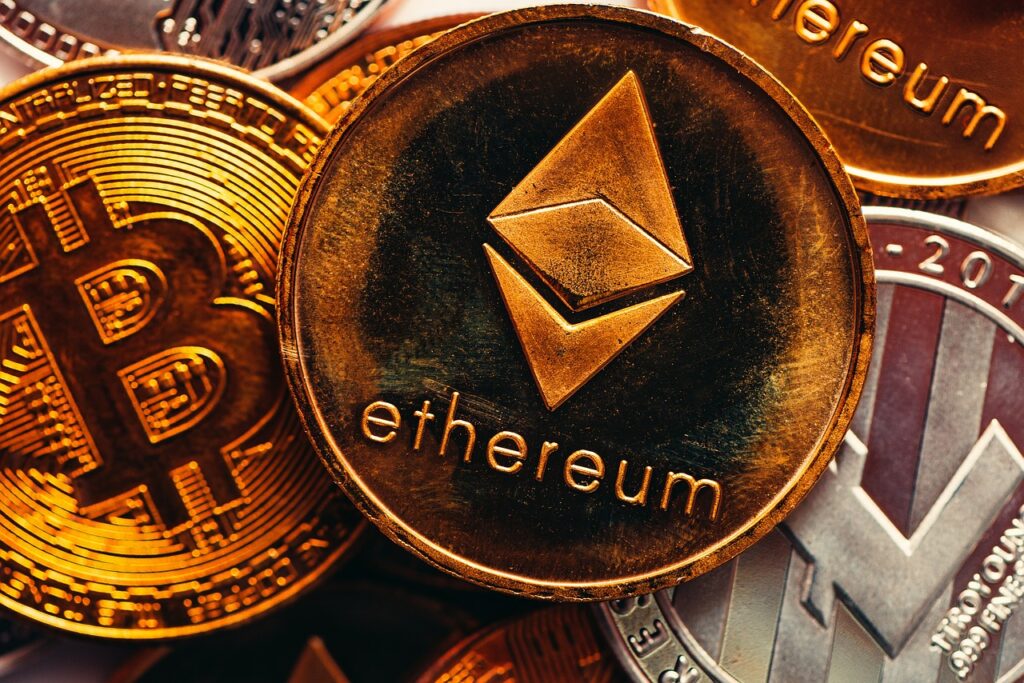Ethereum is a open sourced decentralized blockchain platform that allows developers to create & deploy smart contracts & decentralized applications (commonly called dapps – decentralized apps). It was initially proposed as blockchain concept by Vitalik Buterin in late 2013, this development was initially crowdfunded in 2014, with the blockchain network going fully live on July 30, 2015.
What makes Ethereum different to $BTC is that its focus is not only a store of value which predominantly $BTC is used for, its focus is also as a decentralized technology to build smart contract applications. These applications can vary a lot, ranging from simple games to complex financial systems like lending or perps or similar to decentralized exchanges to custody tokenization of $USD stable coins or similar.
One way of thinking of Ethereum is as a bustling digital city where instead of buildings and roads in that city, you have smart contracts and decentralized applications (dApps) interconnected by a network of computers across the globe. These smart contracts are like self executing agreements backed by code that can be used by people, businesses and services operating within this city.

The currency of Ethereum is Ether. It’s not just money like I mentioned earlier; it’s also the fuel ( commonly referred to as gas or gwei ) that powers each transaction on the network. People can use Ether in many ways, like a currency or an investment or for its use as gas for using a smart contract application.
Ethereum ( $ETH ) is the second most popular crypto compared to $BTC, however this is not without any flaws, one of the flaws of Ethereum as a technology is that it has scalability issues, the network can only do a very small amount of transactions, around 12 to 15 transactions per second. This is why some other blockchains like $XRP and other smart contract blockchains are growing in adoption as the overall crypto market adoption rate grows.
Tokenomics: The total current supply of Ethereum is 120,142,091 coins with an infinite max supply, however part of each transaction burns some of the Ethereum making Ethereum even with an infinite max supply overall most of the time deflationary.
